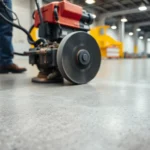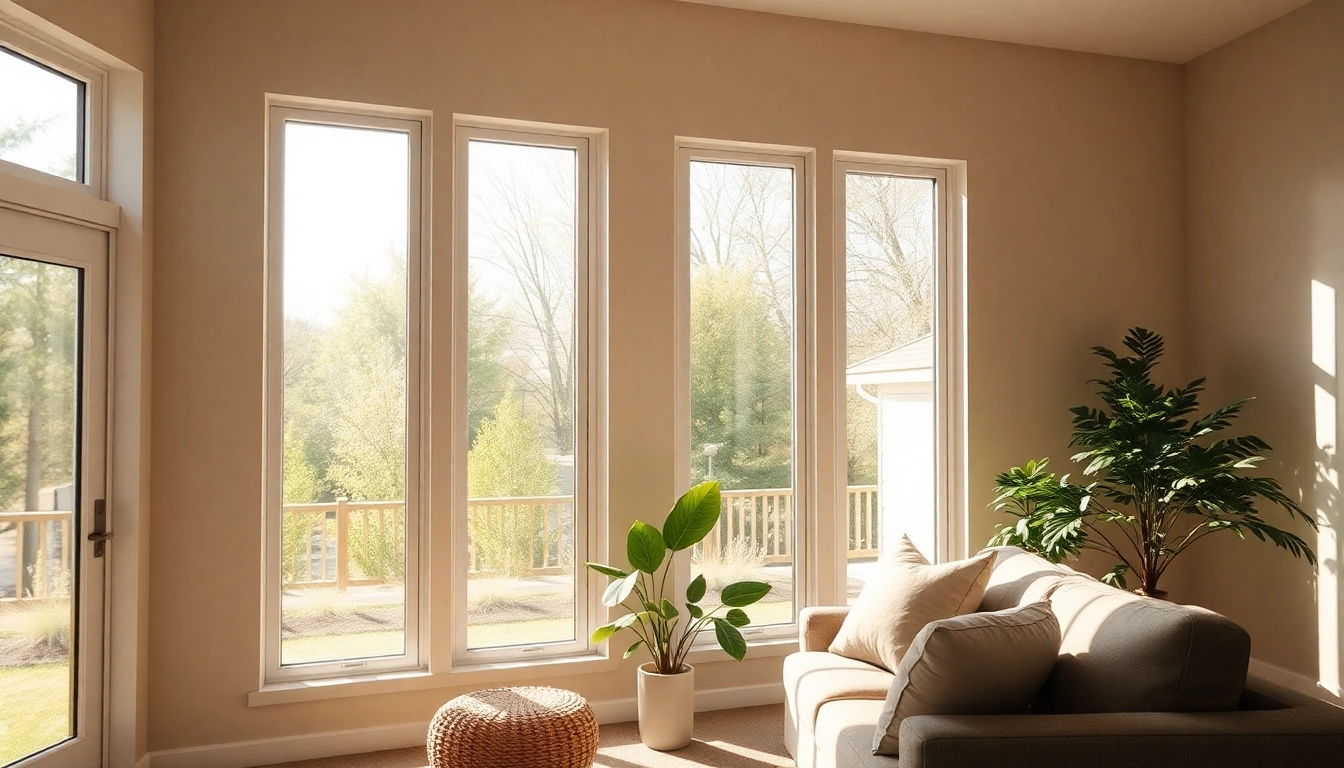Upgrading to replacement windows is a practical, value-driven choice for homeowners seeking greater comfort, lower energy costs, and enhanced curb appeal. A thoughtful replacement project can reduce drafts, minimize heat loss, and protect interior finishes from moisture intrusion, all while preserving or enhancing the architectural character of your home.
With a broad spectrum of materials, styles, and glass packages now available, selecting the right option for your climate and budget is essential. For a detailed overview of the replacement window landscape and buying considerations, explore Replacement Windows.
Replacement Windows: Benefits and Basics
What Replacement Windows Are and Why Homeowners Choose Them
Replacement windows are installed into existing window openings after the old sashes and frames have been removed or retrofitted. Homeowners typically pursue replacements to improve energy efficiency, address deterioration, reduce exterior noise, and update style without a full exterior remodeling. By swapping in modern frames, insulating glass, and improved seals, homes can achieve tighter envelopes and more consistent indoor temperatures year-round.
Key Components: Frames, Sashes, and Glass in Replacement Windows
Three core elements determine performance and appearance: the frame Surround, the sash that holds the glass, and the glass package itself. Frames come in vinyl, wood, or fiberglass, each with distinct durability, maintenance, and aesthetic profiles. Sashes control ventilation and operability, while advanced glass packages—often triple- or dual-glazed with gas fills and Low-E coatings—maximize energy efficiency and comfort. A well-matched combination of these components yields durable seals, reduced condensation, and longer-lasting performance.
Common Problems Replaced by Replacement Windows
Typical drivers for replacement include warped or rotted frames, persistent drafts, condensation between panes, cracked or foggy glass, and deteriorating weatherstripping. Replacing these components prevents further structural damage, minimizes nuisance issues, and stabilizes indoor humidity—contributing to a healthier, more comfortable living environment.
Styles and Types of Replacement Windows
Vinyl, Wood, and Fiberglass Options for Replacement Windows
Vinyl windows offer cost efficiency, low maintenance, and solid energy performance, making them a popular choice for many homes. Wood frames provide classic aesthetics and superior insulation when properly finished, though they require more upkeep. Fiberglass blends durability with stable performance in extreme climates and can mimic traditional wood interiors while resisting warping. Each material has trade-offs in cost, maintenance, and longevity—so the best choice depends on budget, climate, and design goals.
Popular Styles: Double-Hung, Casement, Picture, and Slider
Double-hung windows offer easy cleaning and versatile ventilation; casement windows hinge open outward for maximum viewport and airflow; picture windows emphasize expansive glass and natural light without operable sashes; sliders provide broad glass with simple operation. For historic or modern homes, selecting a style that complements architectural details helps preserve curb appeal while delivering modern performance.
Matching Styles to Your Home’s Architecture
Architectural alignment enhances both appearance and resale value. Traditional homes may benefit from slim profiles and divided lites to echo historical character, while contemporary designs can embrace large, minimally framed units for uninterrupted views. When choosing a style, consider sightlines, neighboring windows, and the home’s overall color and material palette to achieve cohesive harmony.
Energy Efficiency and Cost Considerations for Replacement Windows
Understanding U-Factor, SHGC, and Glass Packages
U-factor measures how well a window resists heat transfer; lower values indicate better insulation. Solar Heat Gain Coefficient (SHGC) gauges how much solar energy passes through the glass; in colder climates, a higher SHGC can reduce heating costs in winter, while in hot climates a lower SHGC minimizes cooling loads. Glass packages combine layers, coatings, gas fills, and spacers to optimize these metrics. For most homes, selecting a package with a low U-factor and balanced SHGC yields consistent comfort and energy savings year-round.
Cost Ranges, ROI, and Long-Term Savings
Project costs vary with material choice, number of windows, labor, and installation complexity. Typical full-home replacement can range from moderate to premium investments, but energy savings, improved comfort, and enhanced resale value often deliver meaningful ROI over 5–15 years. Focus on high-performance glass and well-sealed frames to maximize return, rather than chasing the lowest upfront price alone.
Financing and Incentives for Replacement Windows
Many homeowners leverage manufacturer promotions, utility rebates, and local incentives to offset upfront costs. Financing options—from short-term loans to home improvement lines of credit—can simplify budgeting for a multi-window upgrade. Check with local utilities and government programs for current incentives that reward energy-efficient upgrades.
Installation Process and Timeline for Replacement Windows
Preparing Your Home and Measuring for Replacement Windows
Preparation includes clearing access around window openings, coordinating interior and exterior work areas, and verifying measurements with the installer. Accurate measurements ensure a proper fit, prevent gaps, and reduce post-install adjustments. Pre-install inspections verify structural integrity and identify any moisture issues or rot that may require remediation.
Step-by-Step Installation Timeline
A typical replacement project unfolds in stages: (1) final on-site measurements and order placement, (2) removal of existing sashes and frames, (3) preparation of openings, (4) installation of new units with shims and flashing, (5) sealing, insulation, and interior trim, (6) exterior refinishing and clean-up, and (7) final inspection and operation demonstration. Larger homes or custom configurations may extend timelines by a few days, but skilled installers aim to minimize disruption and maintain predictable schedules.
What Impacts Schedule and Budget for Replacement Windows
Key factors include the number of openings, custom size or shape requirements, material selection, local labor rates, and coordination with exterior finishes. Seasonal weather, existing rot, or masonry work can add timelines and costs. Proactive planning, clear communication, and a detailed written scope help manage expectations and prevent scope creep.
Maintenance, Warranties, and Choosing a Provider for Replacement Windows
Maintenance Tips to Extend Life of Replacement Windows
Keep seals clean and dry; inspect caulking and seals annually for gaps or cracks. Clean tracks and lubricate hardware to preserve smooth operation. Periodically check for condensation between panes and address interior moisture. Gentle cleaning with non-abrasive solutions preserves coatings and finishes, while prompt addressing of any moisture intrusion helps prevent wood rot or frame warping.
Warranty Coverage and Aftercare for Replacement Windows
Understand both product warranties (glass, frame, hardware) and installation warranties. A composite warranty that covers both materials and workmanship offers the best protection, typically extending 10–20 years depending on the manufacturer and contractor. Clarify what constitutes covered conditions (e.g., manufacturing defects vs. damage from improper installation) to plan for future service needs.
How to Vet a Replacement Windows Supplier
Assess reputation, warranty terms, and the installer’s certifications. Request a written estimate with a detailed scope, timeline, and line-item costs. Ask for references or case studies, verify local licenses and insurance, and confirm the installer will obtain all required permits. A proven track record of on-time, clean, and compliant installations is a strong predictor of success.
Investing in replacement windows is a strategic decision that blends comfort, efficiency, and long-term value. By understanding materials, styles, energy performance, and installation realities, homeowners can secure a window upgrade that stands the test of time while elevating everyday living spaces.









